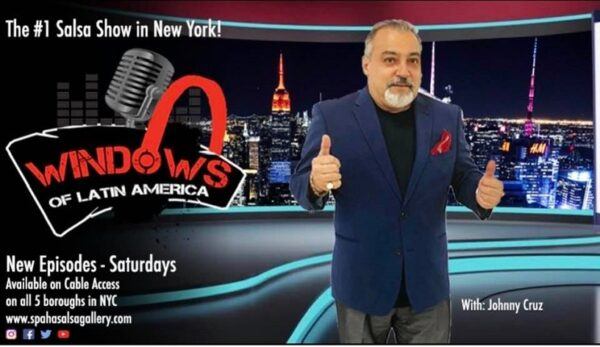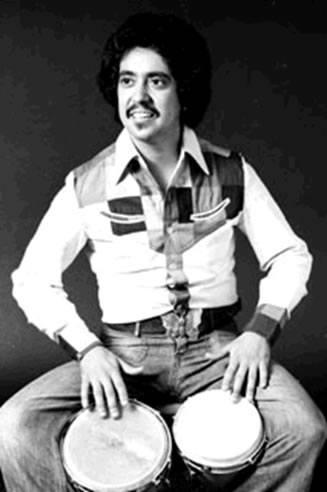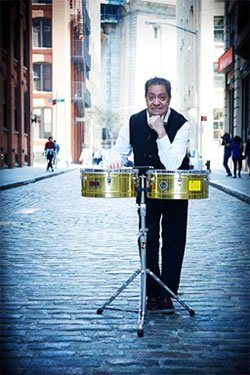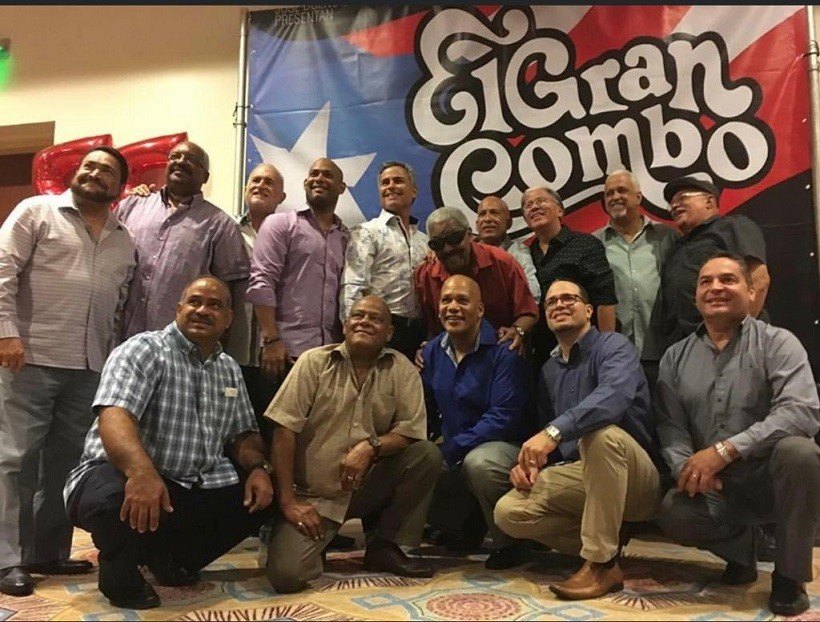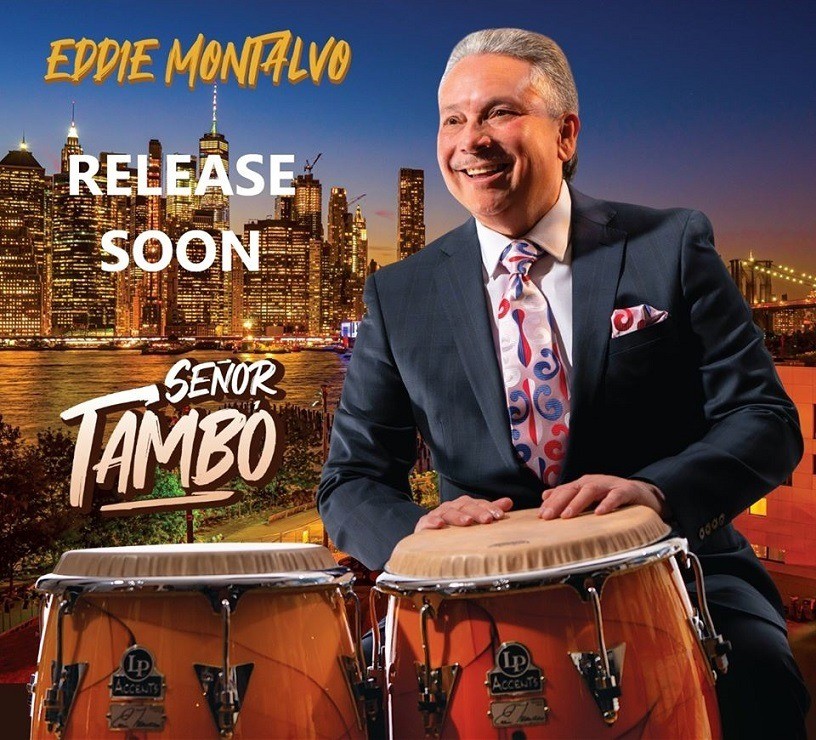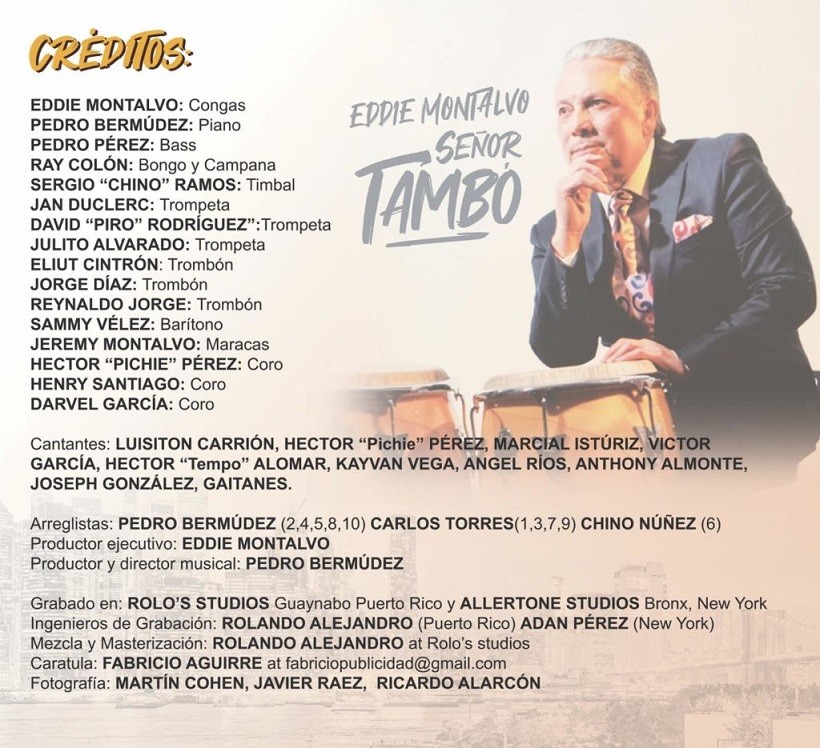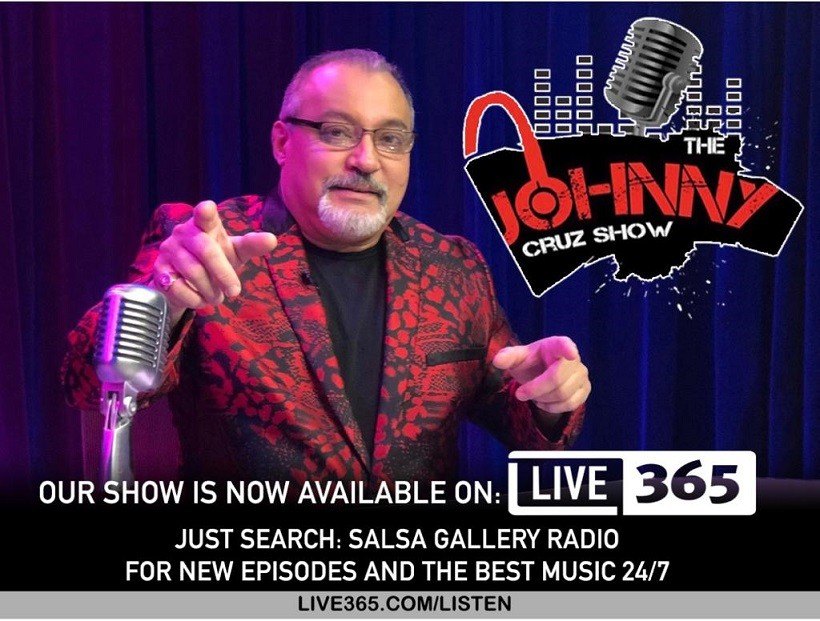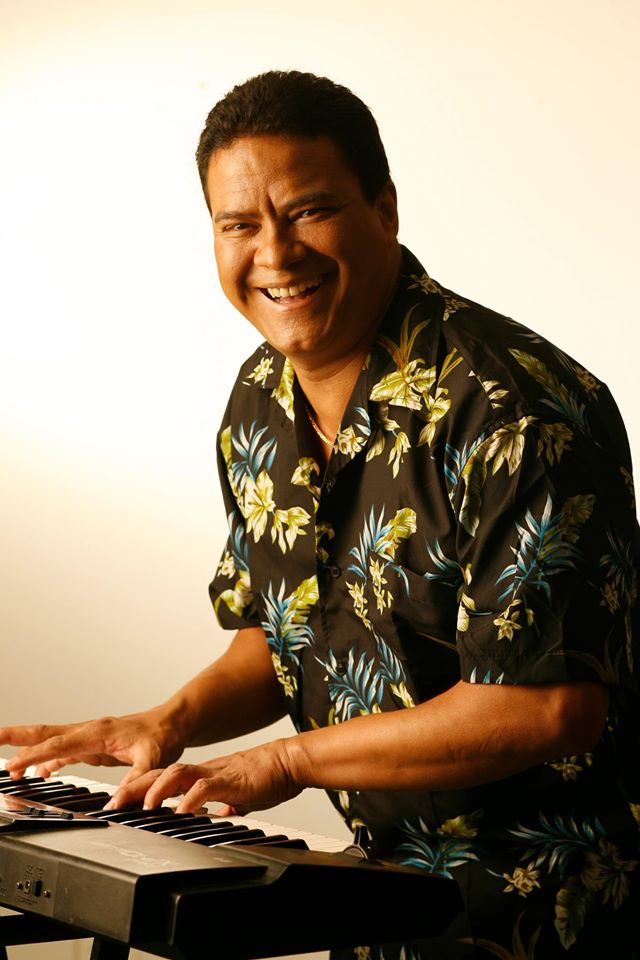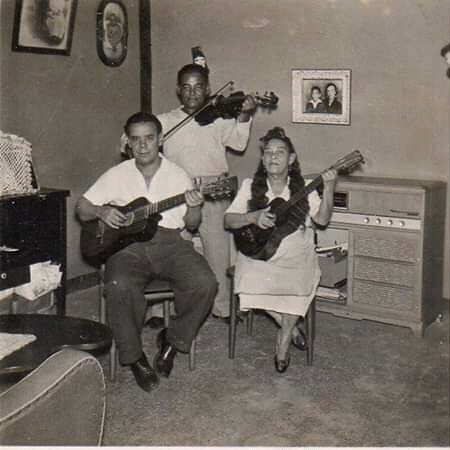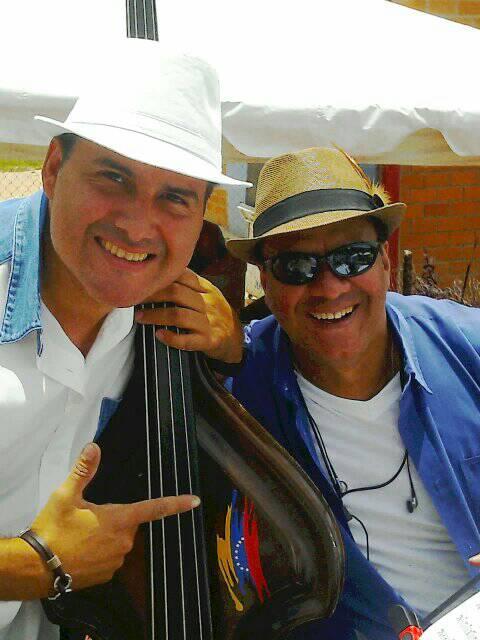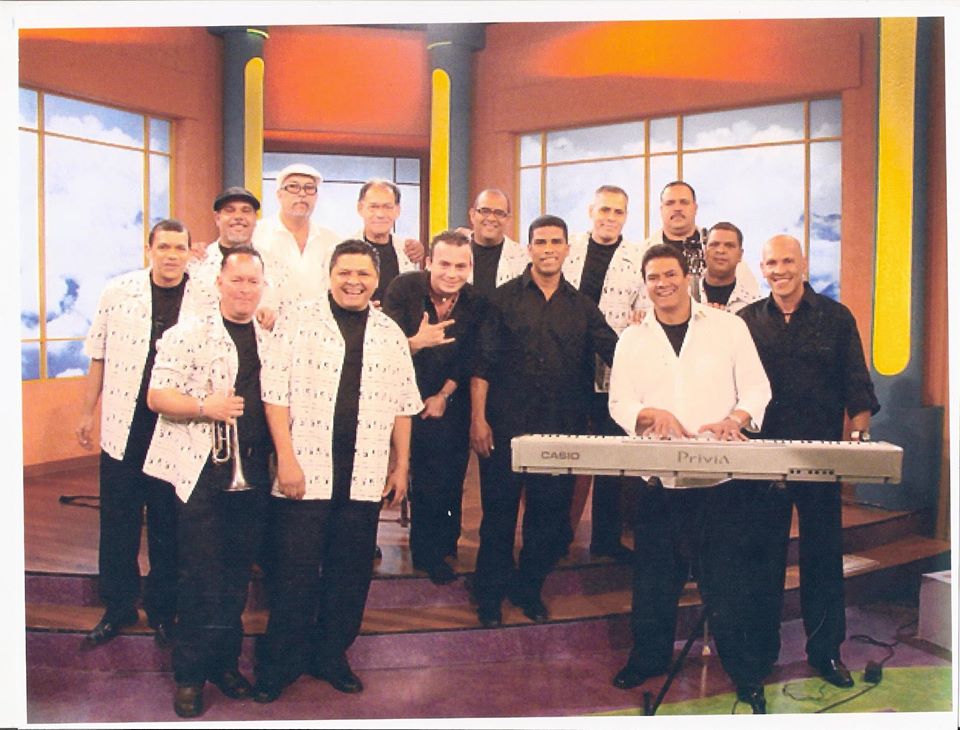Committed to continuing the legacy of the greats in Salsa
Villariny Salsa Project made its debut on July 25th, 2009, at an international event held in Puerto Rico called “Puerto Rico Salsa Congress” where it was presented twice in the same year, as a prelude to Roberto Rohena and later, to the Gran Combo de Puerto Rico.

In the summer of 2010, Oscar Villariny (founder of the group) after working as a professional musician with salsa artists such as Gilberto Santa Rosa, Jerry Rivera, Puerto Rican Power, Viti Ruiz, Rey Ruiz, Anthony Cruz, Jose Alberto “El Canario”, Luigi Texidor, Tito Nieves, Michael Stuart, David Pabon, Johnny Rivera among others; began recording the first musical production which was entitled “En tu tiempo”.
Before making the “relayase” of the musical production, Villariny Salsa Project recorded the Christmas song “Trulla Caliente” to the rhythm of full, being a total success occupying the first positions in the radio lists.
In 2011, the first musical production of the band comes out with 8 songs, which has the hits “Que bien me va”, “Estoy Enamorao”, “Bendita la luz (salsa version)”, “A punto de Caramelo” and “Amigo es un peso en el bolsillo”.
This musical production was in charge of Mr. Tommy Villariny (arranger, musical producer, and trumpet player) who is Oscar Villariny’s father.
Within this production, he had the vocal coaching of Gilberto Santa Rosa, Victor Manuelle, Tony Rivas, Jerry Rivas (singer of the Gran Combo).

At the time, it had a great acceptance from salseros and managed to be present in massive concerts such as Luisito Carrión (Roberto Clemente Coliseum), José Alberto El Canario (Tito Puente Theater), and the 2012 National Salsa Day. In 2014, VSP presented its second musical production entitled “De tu mano”.
This production has 10 songs and includes guest artists such as: Manny Trinidad (four Puerto Rican), Prodigio Claudio (four Puerto Rican), Camilo Azuquita, Luisito Carrión, José Alberto “El Canario (We were born in Salsa) and Medina Carrión.
The songs “De tu mano”, “Color Esperanza”, “Nacimos en salsa “and “Con computadora no feat NG2”, occupied the first positions in the radio waves.
In the year 2019, Villariny Salsa Project released a new music single entitled “Homenaje”, in honor of his father’s career and some of his successes by bringing together the same singers who originally recorded them such as Andy Montañez, Eddie Santiago, Rey Ruiz, and Viti Ruiz. “Many artists in the salsa genre have been hand in hand with my father Tommy Villariny to create what are successes today,” said Oscar Villariny.

Our vision at Villariny Salsa Project is to make way for the New Generation and offer new opportunities, which is why Oscar Villariny (Founder of Villariny Salsa Project) is recording his first album with talented young people from the patio, produced by veteran musician Tommy Villariny.
Recently Villariny Salsa Project launched “Agua” available on all digital platforms.

The Villariny Salsa Project orchestra is a group with a lot of projection and refreshing for the industry.
